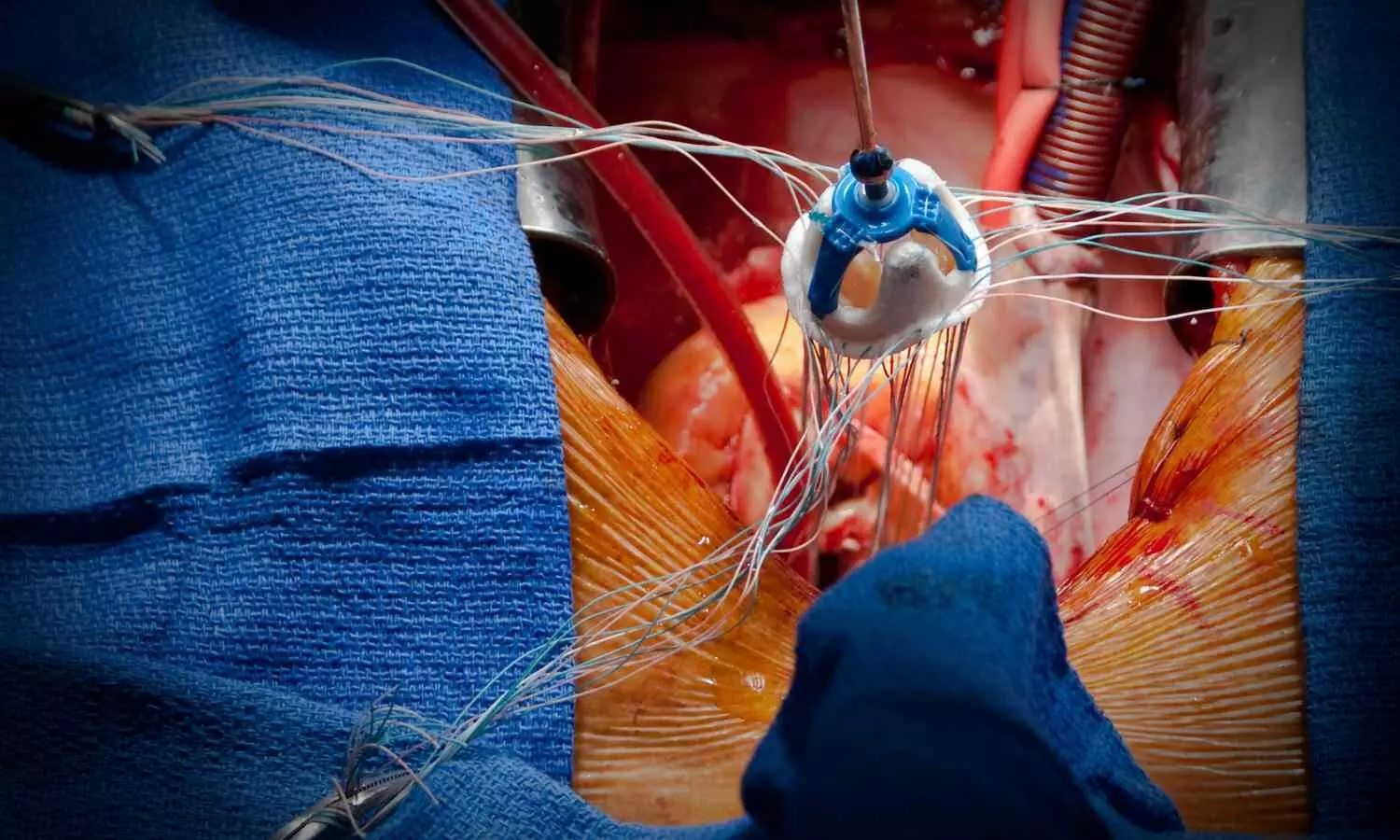EuroPCR 2024-Early outcomes of a randomised non-inferiority trial comparing TAVI devices: the LANDMARK trial

The Course Directors have selected 3 major Late Breaking Trials (LBTs) that will be presented for the first time during the 2024 edition of EuroPCR. These trials were selected on account of their design, outcomes and potential to influence daily clinical practice. Among them is the LANDMARK trial.
Background and Methods
Key randomized controlled trials have compared surgical aortic valve replacement (SAVR) with transcatheter aortic valve implantation (TAVI) using one of two commercially available transcatheter heart valves (THVs) – either an intra-annular balloon-expandable valve (BEV) (Edwards Sapien, Sapien XT or Sapien 3) or a supra-annular self-expanding valve (SEV) (Medtronic CoreVavle, Evolut-R or Evolut Pro). Other THV have been introduced subsequently and head-to-head comparisons with established BEV or SEV platforms have frequently demonstrated less favorable efficacy and safety profiles.
Myval is a novel BEV whose key differentiating characteristic is the availability of a wider range of prosthesis sizes (with 1.5 mm increments versus 3 mm for comparators), allowing precise matching of the implanted valve with a patient’s specific anatomy. The LANDMARK randomized controlled trial investigated its early safety and efficacy in comparison with two widely adopted contemporary THVs (the Edwards SAPIEN BEV and Medtronic Evolut SEV).
The primary hypothesis was non-inferiority of the Myval THV and the primary safety and efficacy endpoint at 30-day follow-up was the composite of all-cause death, any stroke, life-threatening or disabling bleeding, stage 2 or 3 acute kidney injury, major vascular complications, moderate or severe paravalvular leak and new permanent pacemaker implantation (all defined according to VARC-3 criteria). Patients were included if considered clinically and anatomically suitable for a transfemoral TAVI procedure by their respective Heart Teams. Bicuspid aortic valve phenotypes were included and there were no restrictions related to estimated surgical risk.
Results
A total of 768 patients (mean age 80 years) at low surgical risk undergoing transfemoral TAVI were randomised 1:1 to implantation of a Myval THV or an alternative contemporary TAVI device (BEV or SEV).
At 30 days, the primary composite endpoint occurred in 24.7% and 27.6 % of the Myval and control groups, respectively, denoting non-inferiority of the Myval THV compared to other contemporary THVs (risk difference -2.7%; one-sided upper 95% CI 3.6%; p<0·0001 for non-inferiority). There were no significant differences in any individual components of the primary endpoint, and no differences in technical and device success (defined according to VARC-3 criteria). Secondary endpoints, including rates of pacemaker implantation and improvements in hemodynamic parameters (mean pressure gradient and effective orifice area) were also similar in both study arms.
Key learnings
Previous head-to-head comparisons of new THVs with the established Edwards BEVs or Corevalve/Evolut SEVs confirmed that there is no class effect regarding the clinical benefits that patients can expect after TAVI, but demonstrated inferior safety and efficacy. Validation of the non-inferiority of the MyVal platform in comparison with the two most frequently used contemporary THVs in the LANDMARK TRIAL is therefore a significant finding. Importantly, the characteristics of the patients included in this trial reflect contemporary practice, incorporating patients at low and intermediate surgical risk, and 6.0-7.5% with a bicuspid aortic valve.
Although these short-term outcomes are promising, longer-term information concerning hemodynamic performance and risk of structural valve deterioration will be required to confirm durability of the Myval THV in comparison with contemporary valves. Follow up out to 10 years is planned to address this key question.



